SESSION 05: MOBILITIES FUTURES
5G and the promise of automated mobilities
Assoc Prof James Meese (RMIT University), Assoc Prof Rowan Wilken (RMIT University), Prof Catherine Middleton (Toronto Metropolitan University).
Telecommunications companies across the world are upgrading their wireless networks to the fifth generation of international mobile telecommunications standards (“5G”). As is common with mobile generations, 5G promises to deliver greater network capacity, more reliability, and faster speeds. The standard will also usher in a constellation of new technologies, which are supposed to represent a step-change in mobile telecommunications. These various technical systems and affordances are expected to vastly expand network capacity and provide enabling infrastructure for smart technologies, automation, and the internet of things (IoT). Mobilities form a central part of these visions of the future, with industry reports referencing automated farming, improvements to transport, and further enabling high-powered mobile computing. However, the rollout of 5G has not yet led to a significant transformation with respect to automated mobilities.
The following paper explores how and why this state of affairs has come about. We draw on empirical research from a multi-year study, having conducted interviews and focus groups with Australian industries and consumers. Our findings reveal how automation is often inaccurately aligned with visions of technological process, ignoring the limited bandwidth required for some key automated processes. We also find that there are unique barriers that industry face, specifically in relation to the adoption and further deployment of 5G technologies. This paper ultimately shows how existing institutional norms, wider political economies associated with telecommunications, and consumer habits are central determining factors with respect to the 5G-enabled automated mobilities envisaged at the launch of the standard.
LLMs for human mobility simulation
Dr Hao Xue (UNSW) & Prof Flora Salim (UNSW)
The rapid advancements in Large Language Models (LLMs) and Foundation Models (FMs) have presented unprecedented capabilities in understanding and generating human languages. The success of LLMs/FMs has also resulted in many new research directions in the AI and machine learning community. One major direction is the integration of LLMs with spatio-temporal data. LMs can provide strong semantic reasoning to enhance the analysis of spatio-temporal data. By combining LLMs with spatio-temporal analysis, we can unlock new insights and develop more robust models for applications ranging from smart city applications to mobility simulation for epidemiology. However, human mobility research faces significant challenges, such as privacy concerns, which limit large-scale data-driven mobility analysis, and the uncertain nature of human mobility behaviours.
To address these challenges, we propose the use of LLMs for human mobility simulation to better support decision making. LLMs can not only simulate complex human mobility patterns by leveraging their reasoning capability to understand context to generate realistic scenarios but also generate “what-if” scenarios for unprecedented events with given textual conditions. This approach ensures privacy by generating synthetic data that mimics real-world mobility patterns without exposing sensitive information. Additionally, the probabilistic nature of LLMs allows them to capture and simulate the inherent uncertainties in human mobility behaviours.
The automotive handover: Designing for automation in driver assistance and navigation
Assoc Prof Rowan Wilken (RMIT University) & Prof Julian Thomas (RMIT University)
A central consideration structuring our ongoing interactions with automated systems concerns our level of preparedness to cede control to these systems. In this paper, we develop the concept of handover in relation to automotive automation. While much critical attention has been focused on the development, testing, and implementation of autonomous vehicles (AVs), our focus here is on actually existing production passenger cars. Despite a long history of incorporating vision and other automated sensing systems into production cars, we are yet to fully comprehend the forms of ‘handover’ from human to ADMS that occurs each-and-every-day as we use our cars. We advance this effort by exploring two established forms of in-car technology that routinely necessitate or call for driver handover to automotive ADMS: (1) in-built ADAS (advanced driver-assistance systems) technologies; and (2) turn-by-turn navigation systems. In looking at these two systems, we trace how they are designed to function in ways that encourage us to acquiesce to (if not always fully embrace) automotive handover. Through this, we consider what is at stake in these moments when we ‘franchise out complex decision-making to intelligent [automotive] machines’ (Runciman, 2023).
Imagining inclusive and safe future automated mobilities
Prof Sarah Pink (Monash University), Dr Vaike Fors (Halmstad University) & Hannah Korsmeyer (Monash University)
How might we better imagine inclusive and safe future automated mobilities? Dominant narratives focus on the so-called benefits of self-driving cars and automated electric vehicle battery charging, while critical scholars (including at this symposium) warn of the dangers of automated insurance technologies and other modes of mobilities surveillance and monitoring. Yet we know seemingly little about what future sites of mobilities should feel like, how they might be materially and sensorially constituted in ways that diverse users of these spaces and technologies might feel is safe.
In this paper we reflect on a series of online and in-person design ethnographic Future Automated Mobilities workshops, through which we explored these questions with participants through material participatory design processes. Our research brings to the fore the creative and improvisatory ways in which people imagine future automated mobilities, and what would make them inclusive, safe and accountable to those who encounter them in possible future street scenes. In doing so we also reflect on how our team used documentary filmmaking, ethnographic findings and design research practice to invoke messy everyday future possibilities which add to and complicate existing future visions.
